I Asked 5 Architects How to Create a Home That Helps Us Switch Off — These Are Their 7 Top Tips
Here's to game-changing gems of advice that will make your living spaces completely restorative

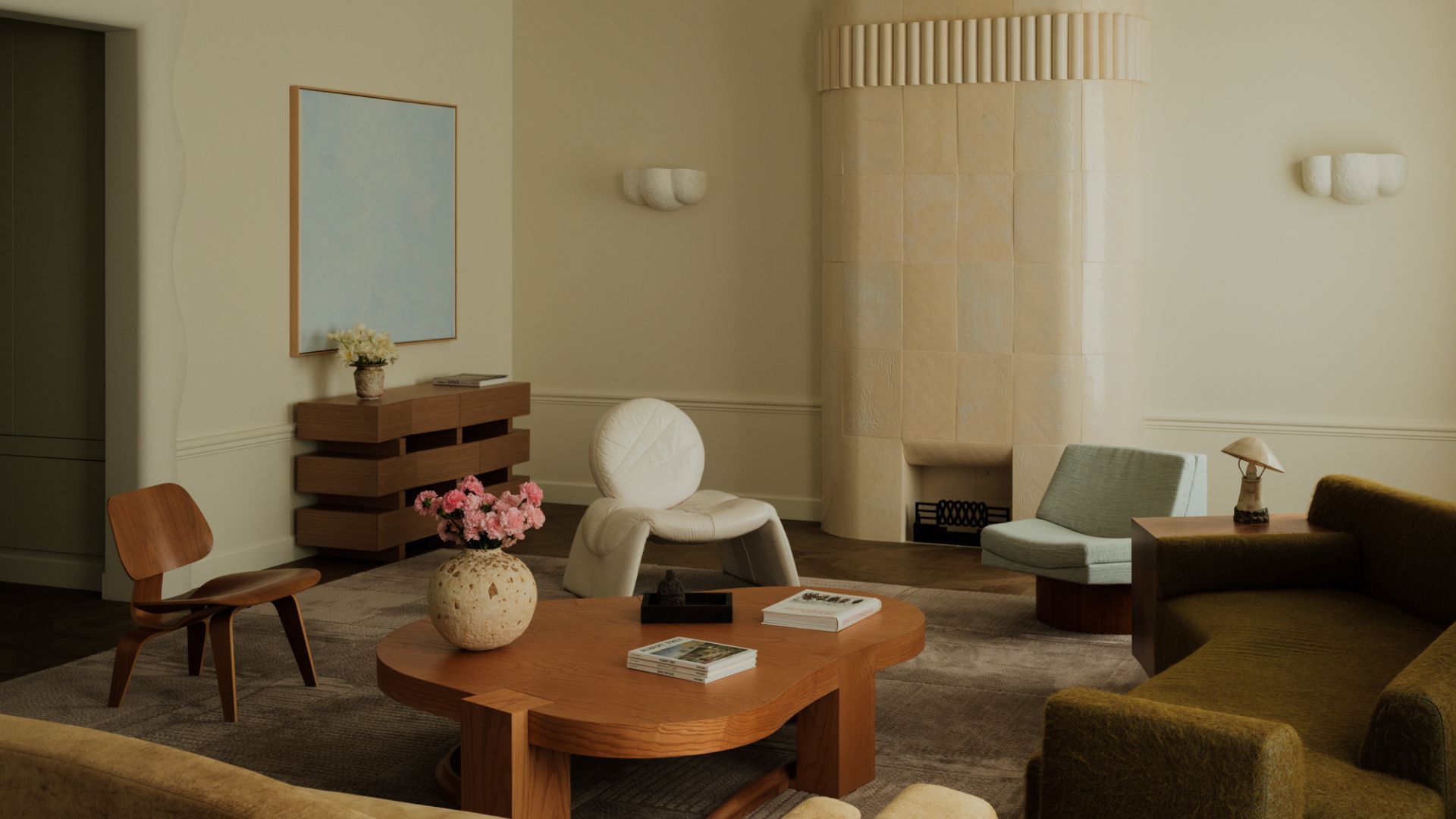
Design is ever-changing; always flowing and shifting with the desires of the moment. And as of right now, there is an overwhelming plea for homes to support and comfort the body, mind, and soul, more than ever before. Perhaps it's the city noise we're seeking solace from, or maybe just the hustle of busy days and doomscroll-ed nights.
I asked five architects what we can do to create a home that truly helps us switch off. And the seven ideas to follow are bound to make your living spaces feel less stiff and so much more breezy. From digital detox zones to inspiring your house with the elements, there's plenty you can do to feel completely at peace in your home.
I won't keep you in the dark any longer. Let's journey through these design lessons for slow living in the comfort of your abode.
1. Focus on Flow and Cohesive Design
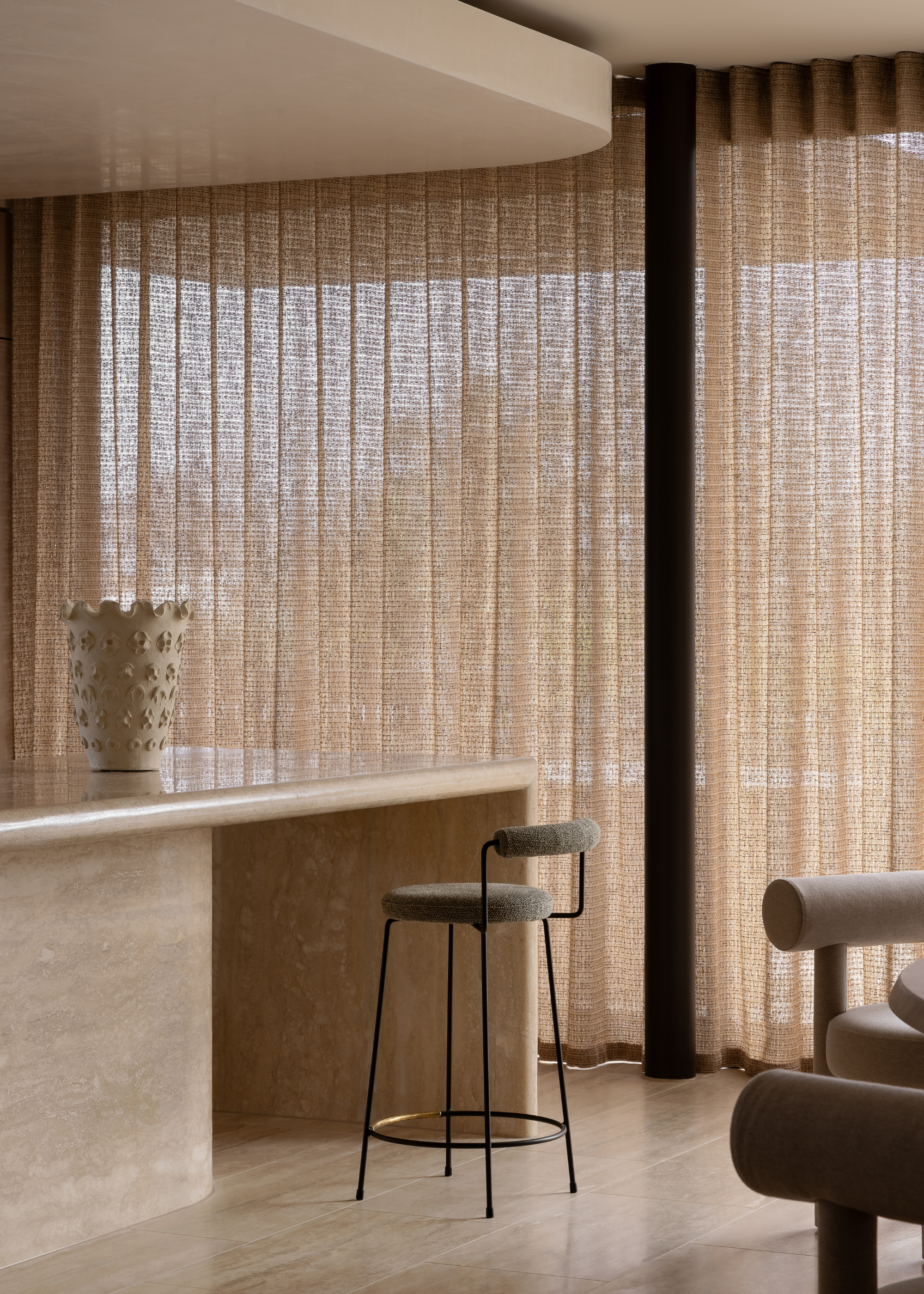
"A calm home starts with a layout that feels easy to move through," says George Bradley, director at B-VDS. "When spaces connect naturally with sightlines, daylight, and purpose, the whole home feels more balanced and intuitive to live in."
An airy home deserves an open layout that feels cozy, and if your home is structurally laid out, you'll want it to connect and flow from room to room effortlessly. But layouts aren't the only aspect to focus on; cohesive design is just as important.
"Many homes are designed to have as broad an appeal as possible," says Peter Miles, principal architect at The Drawing Board, Inc. "However, when you design for everyone, you design for no one. Don’t be afraid to embrace personality and detail in the design."
First, take the time to narrow in on your interior design style of choice, and then follow through by maintaining the same base theme while introducing personal flourishes that cater to each room. From coordinating paint colors throughout your home to using symmetry to guide the eye gently, cohesive styling makes all the difference.
The Livingetc newsletters are your inside source for what’s shaping interiors now - and what’s next. Discover trend forecasts, smart style ideas, and curated shopping inspiration that brings design to life. Subscribe today and stay ahead of the curve.

George, founding director of Bradley Van Der Straeten Architects, studied at the University of Newcastle Upon Tyne, the University of Liverpool, and undertook the advanced diploma in professional practice in architecture with RIBA North West, becoming a registered architect in the UK in 2008 (ARB). He is a chartered architect with the RIBA. George has formerly taught on the Interior Architecture course at the University of Westminster and has presented on ITV's 'Love Your Home and Garden'. Prior to founding the company, George worked for a number of award-winning architects, including Denton Corker Marshall.

Peter was born and raised in Annapolis, MD, and earned his Master of Architecture from The Catholic University of America. Having worked in the family business since his school years, he brings a broad range of experience across Annapolis, Washington, DC, and the surrounding region. He has placed in several international design competitions, including a memorial for Babyn Yar in Kyiv, Ukraine. His success in that competition led to the design of multiple other memorials throughout Ukraine.
2. Let Light Lead the Way
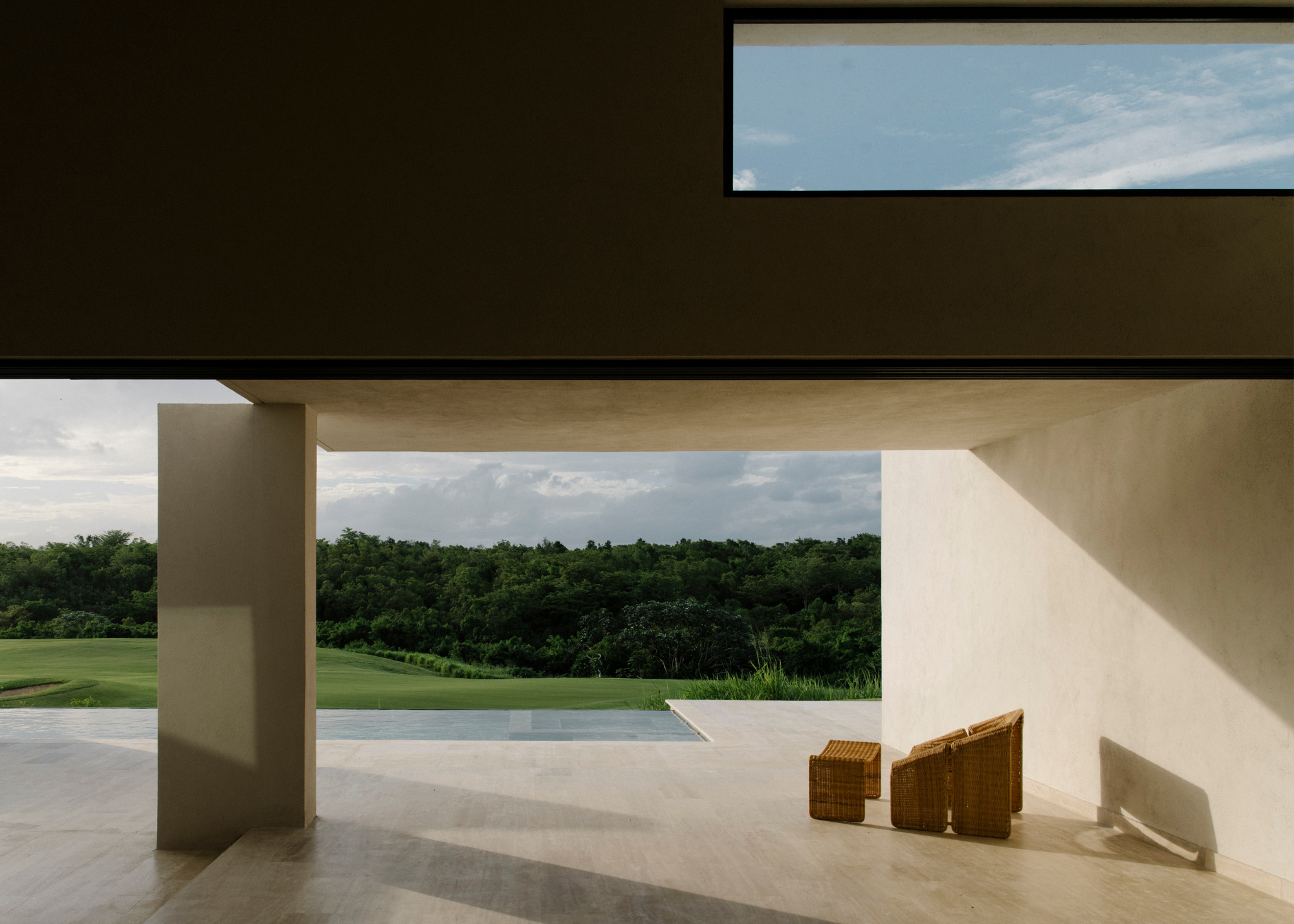
The way you reflect the natural elements within your home's architecture and design can make your home feel grounded. And George tells me that of the elements, natural light, especially, has the power to change everything.
"It shapes mood, marks the time of day, and helps you feel connected to the outside world," he notes. "Think about layered light through rooflights, internal windows, or borrowed light between rooms so spaces feel alive throughout the day."
Peter recommends placing rooms based on the natural light they receive, then supplementing with artificial lighting as needed to set the mood. And there are many lighting trends to make any indoor fixtures feel a touch more organic.
"For example, if you are designing a sitting room or other space that’s meant for reading, create multiple levels of lighting," he advises. "Like gentle ambient light for the space, and then task lighting for reading."
And if your home's bones lack the infrastructure for sun-flooding, as many modern homes do, you can always maximize natural light with artificial lighting.
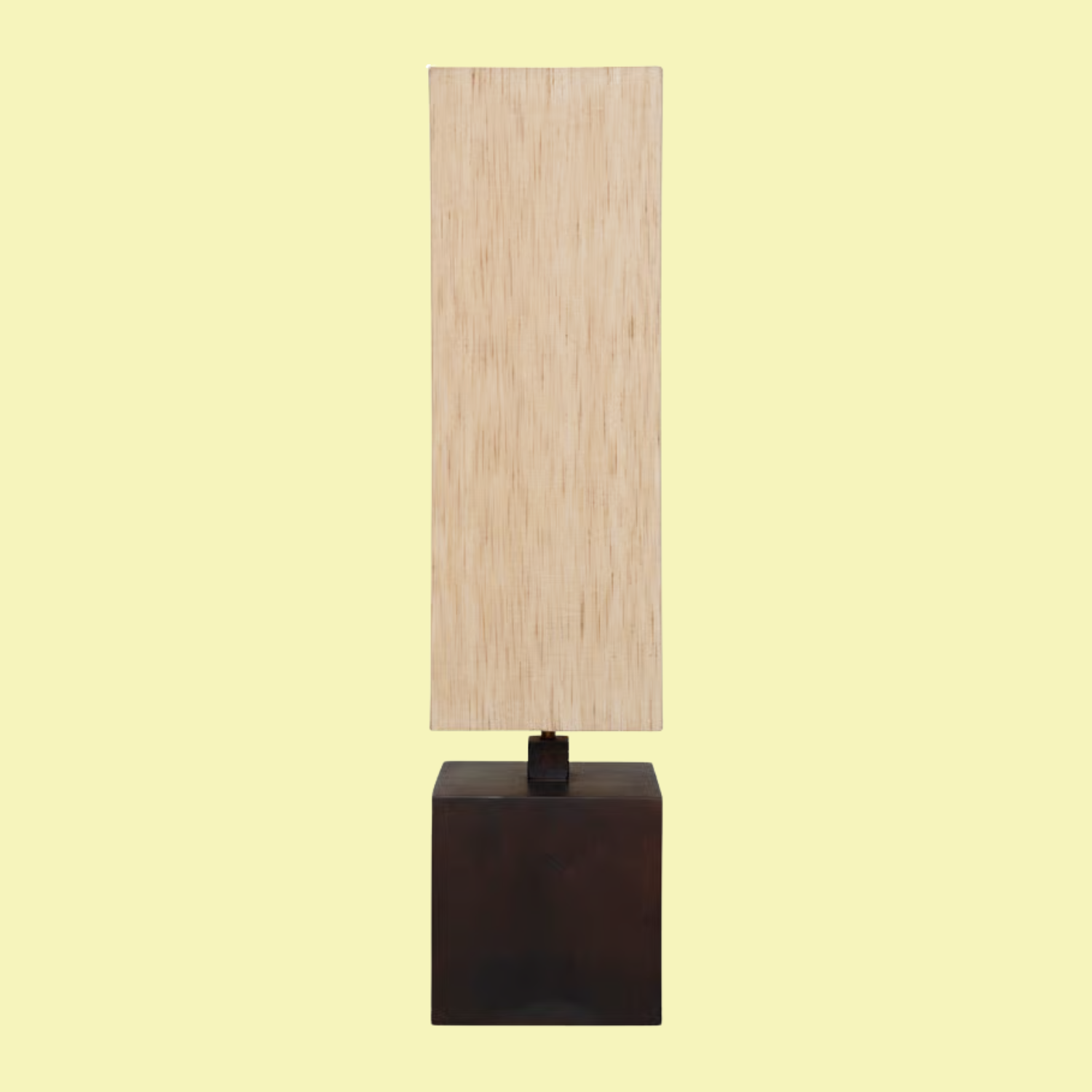
Material: Mango Wood
This Vidar Floor Lamp from Urban Nature Culture is ideal for soft living room lighting.
3. Embrace the Outdoors Within Your Home
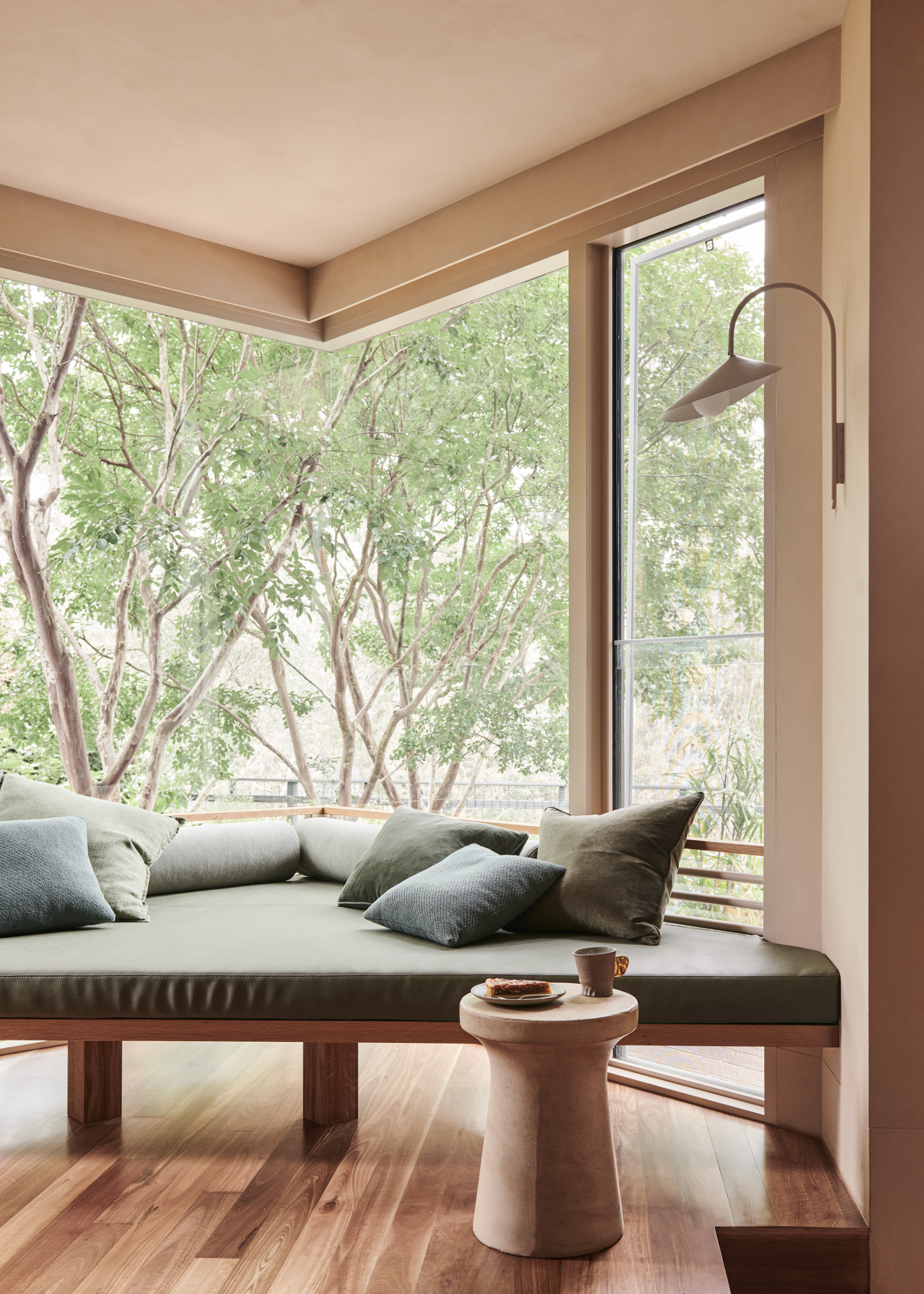
Andrew Franz, founder of Andrew Franz Architecture, tells me that nature is therapy. "It's evidence-based. So, you should create view corridors and moments that capture something specific," he notes.
"Even just a single framed view — a tree, a rooftop, a patch of sky — can be more powerful than a sweeping panorama. My advice is to treat the view like art and frame it carefully."
Joshua Zinder, founder of JZA+D, also swears by embracing the outdoors within a home. "Your mood will benefit from the availability of natural daylight and views of the sky and greenery outdoors," he says. "These elements are very important for getting some distance, mentally speaking, from the hustle and bustle of the daily grind."
Having grown up in a home that featured at least four windows in every room with verdant views to zone out to, I wholeheartedly agree. But if you live in the heart of a concrete jungle, then decorating with plants and fostering an indoor zen garden is a beautiful way to make up for the loss of landscaped sights.
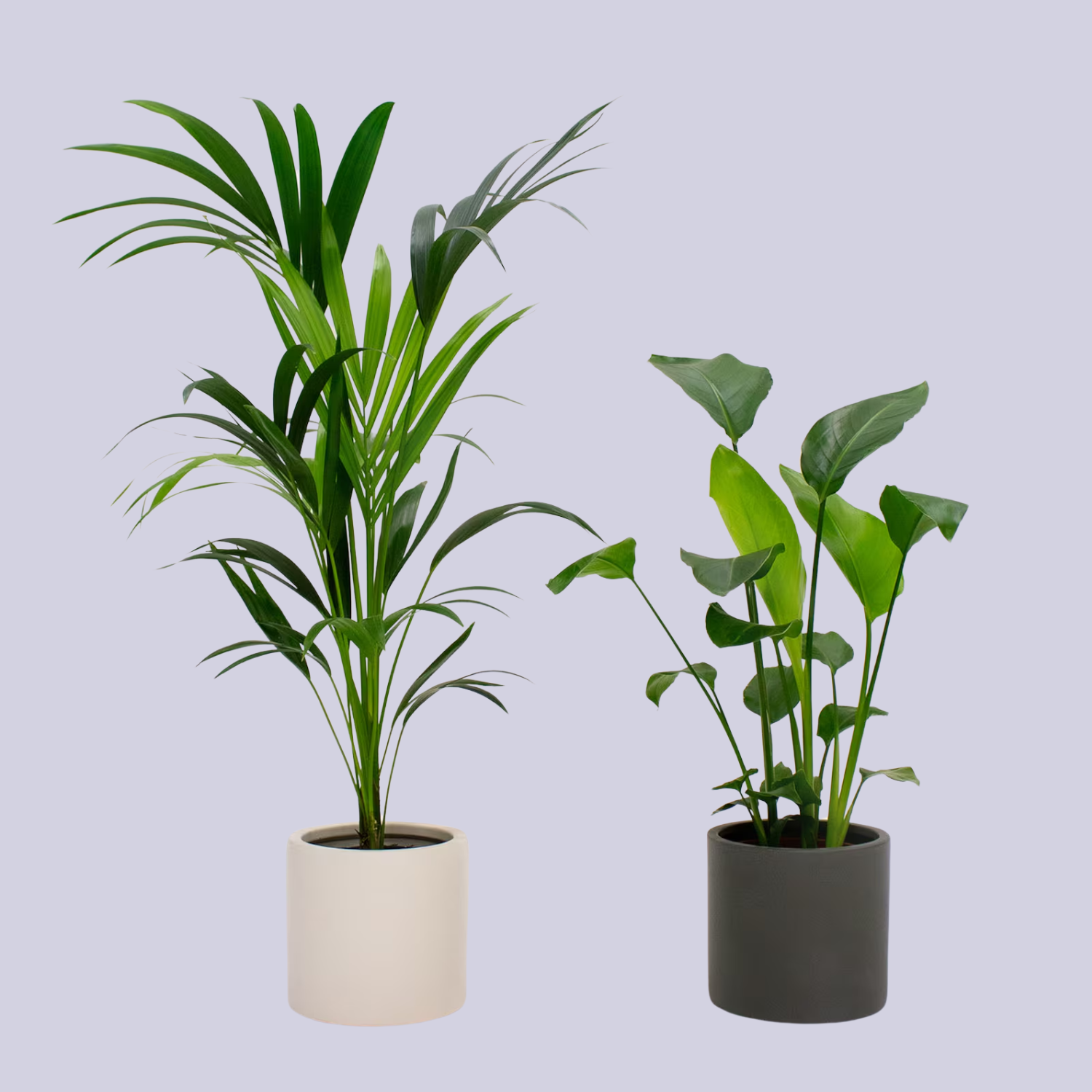
Includes: Kentia Palm + Bird of Paradise
Gift your indoor garden this pretty plant bundle from Beards & Daisies for a flourish of green.

Andrew Franz founded AFA with the idea that interiors and architecture should be integrated as one in order to curate a cohesive experience and narrative. His belief that design should evoke emotion while connecting to its natural environment is deeply rooted in his meticulous consideration of light, materiality, craft, and proportion. Andrew’s award-winning residential, cultural, and commercial projects include the Fire Island House, the East End House, the Hill Office, and Tribeca Loft, each garnering multiple accolades for their innovative design approach.

Joshua Zinder, AIA | NCARB | LEED AP, is the founder and managing partner of Joshua Zinder Architecture + Design (JZA+D), now celebrating its 10th anniversary as a firm. Passionate about every aspect of architecture and design, Joshua Zinder brings a unique, contemporary style to every project. His architectural approach blends an affinity for traditional materials with a commitment to appropriate design, allowing every project to reflect a sense of purpose, place and context.
4. Choose Materials That Breathe
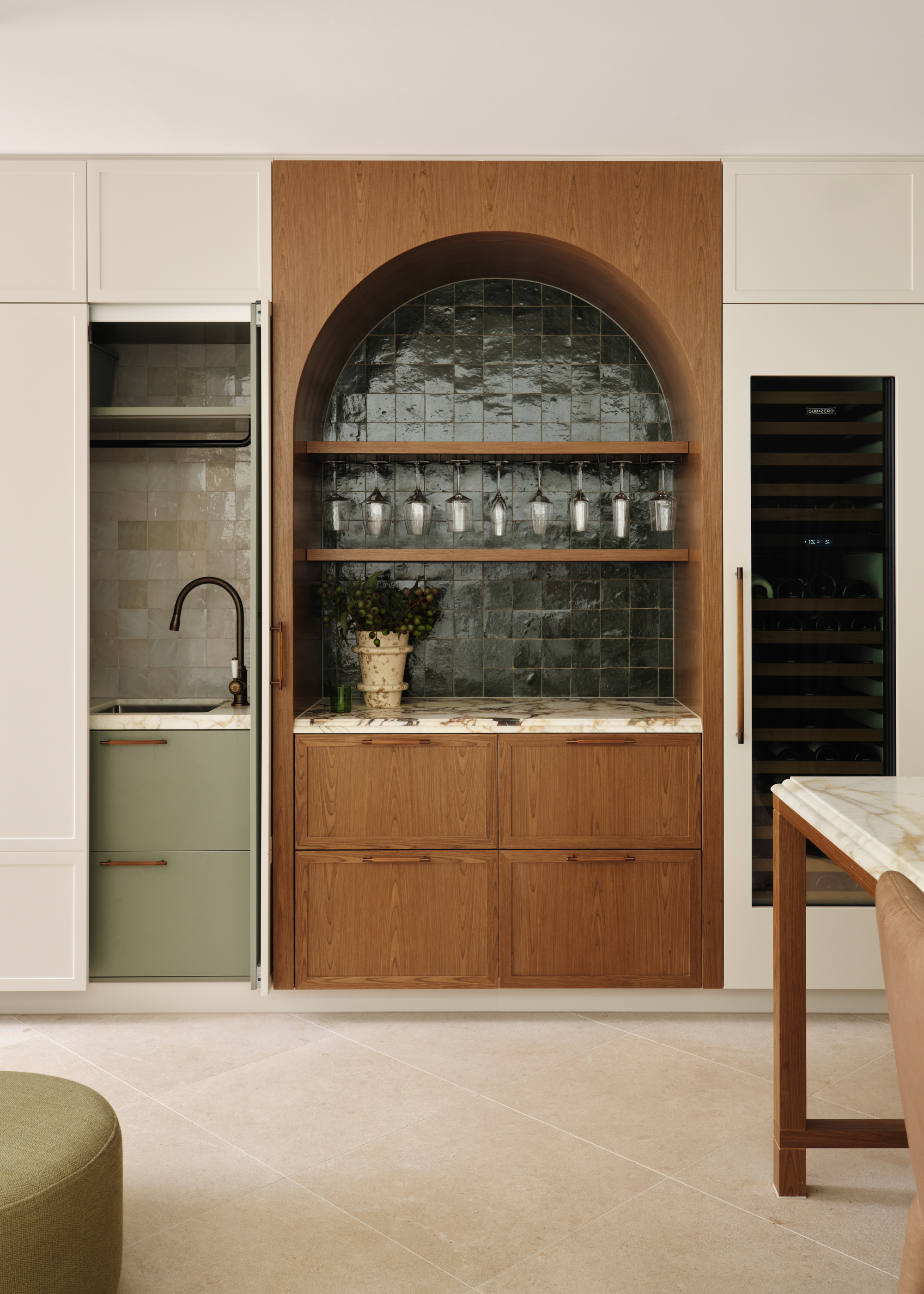
According to Philip J. Consalvo, founder of PJCArchitecture, one of the best ways to create a relaxing environment is by incorporating natural elements through material styling.
"In a recent project, we created warmth in the space through elements such as wood flooring, wood veneer, and soft textures," he shares. These grounding accents will bring your space some peace and inject your home with a connective ambiance.
There's something about feeling the cool wood surface beneath your feet and the gentle grain lending texture to a dining table. But it's not just wood you can rely on.
"Sustainable wall finishes like lime plaster and clay paint don’t just look beautiful; they help regulate air and humidity," says George. "A home that can breathe feels softer, quieter, and more comfortable, supporting your wellbeing in subtle but powerful ways."
Most sustainable material trends speak to this desire for materials that breathe. And where decor is concerned, decorating with terracotta pots is one of my favorite ways to bring an earthy touch to an industrial home.
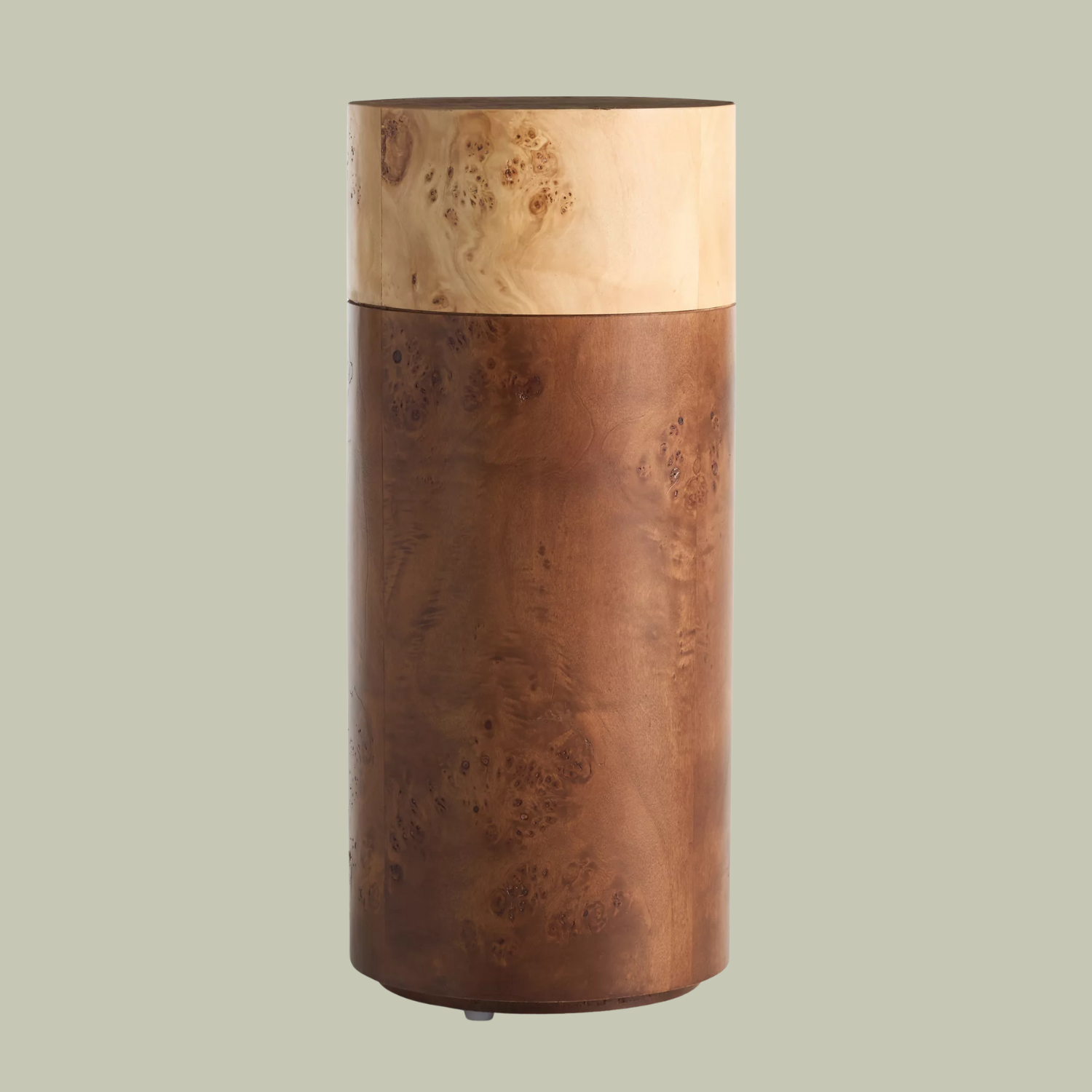
Color: Dark Burl
Burl wood decor is a great way to calm your home, and this Holland Burl Drinks Table is my current favorite.

Philip J. Consalvo, AIA, founded PJCArchitecture in 1998 with a vision grounded in creativity, collaboration, and responsibility. Believing that truly responsible architecture must enhance both the environment and the human experience, the firm embraces the three pillars of sustainability — environmental stewardship, social equity, and economic vitality — as guiding principles in every project. Under his leadership, PJCArchitecture has realized a diverse body of work encompassing residential, corporate, commercial, and non-profit projects, each approached with an unwavering attention to detail. Guided by the conviction that good design is for everyone, Philip centers each client’s goals within a thoughtful and responsive design process, bringing a sensitivity to the built environment that allows their spaces to endure, adapt, and grow alongside them.
5. Consider the Acoustics of Your Home
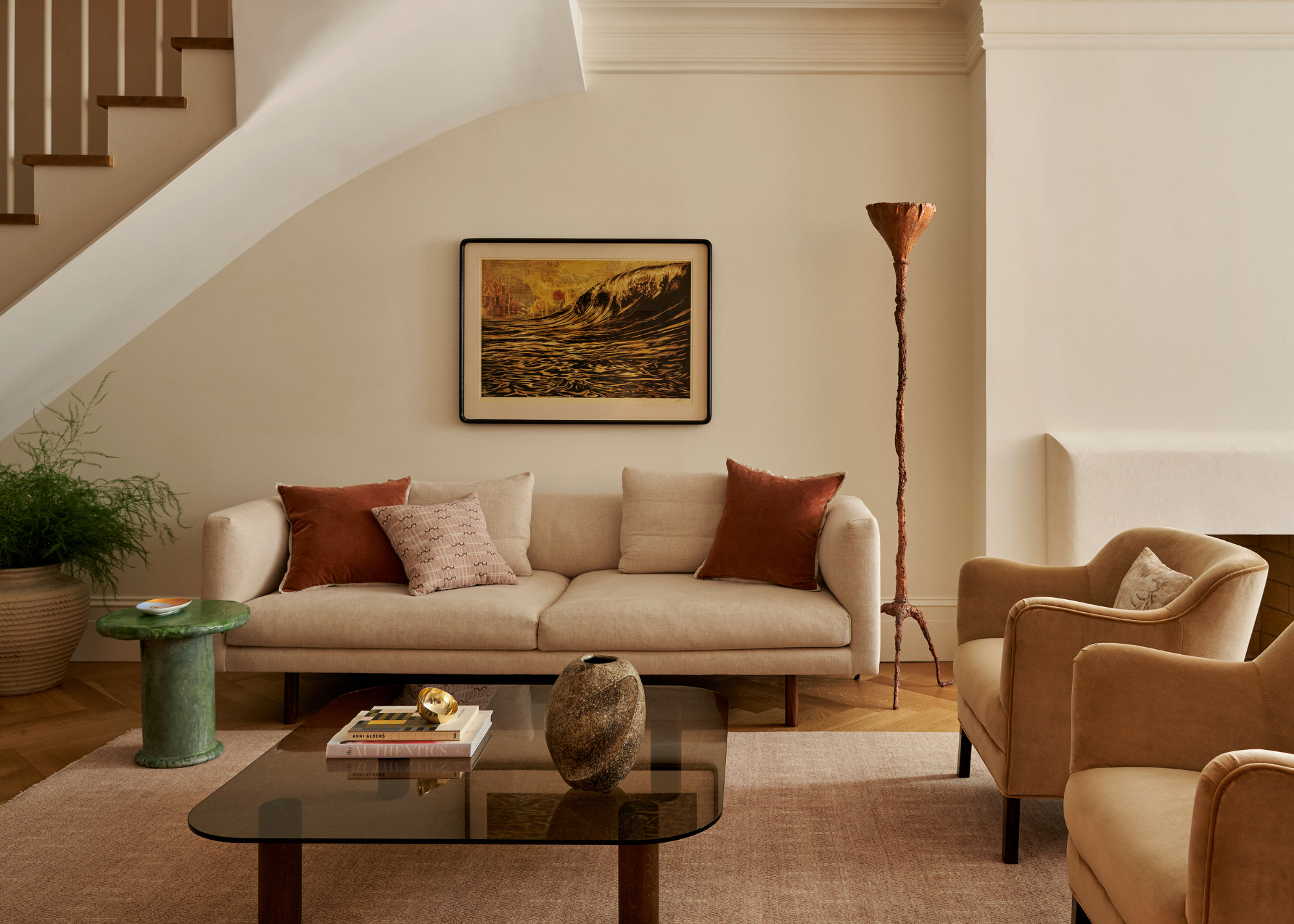
While discussing how to create a home that helps us switch off, Andrew tells me that one of the main obstacles is the loudness of modern construction. "Large windows, floor-to-ceiling glass, gypsum walls and ceilings, everything bounces," he points out.
"We like using solid wood, not plywood, on walls or ceilings, and adding texture or small variations so sound has somewhere to go. Big rugs with pads help, and if your chairs aren’t upholstered, add pillows to help soundproof your room."
There are more subtle and acoustically intelligent ways to make your home feel quiet, too. Another trick Andrew enjoys is upholstering walls or cabinet fronts — stylish and sound-smart.
"Once, in a dressing room that doubled as a hallway to the primary bedroom, we wrapped the cabinetry in cozy fabric," he adds. "It made the space feel calm and safe, and the clients told us later they couldn’t hear their kids in the morning outside the room. That’s how you know it works."
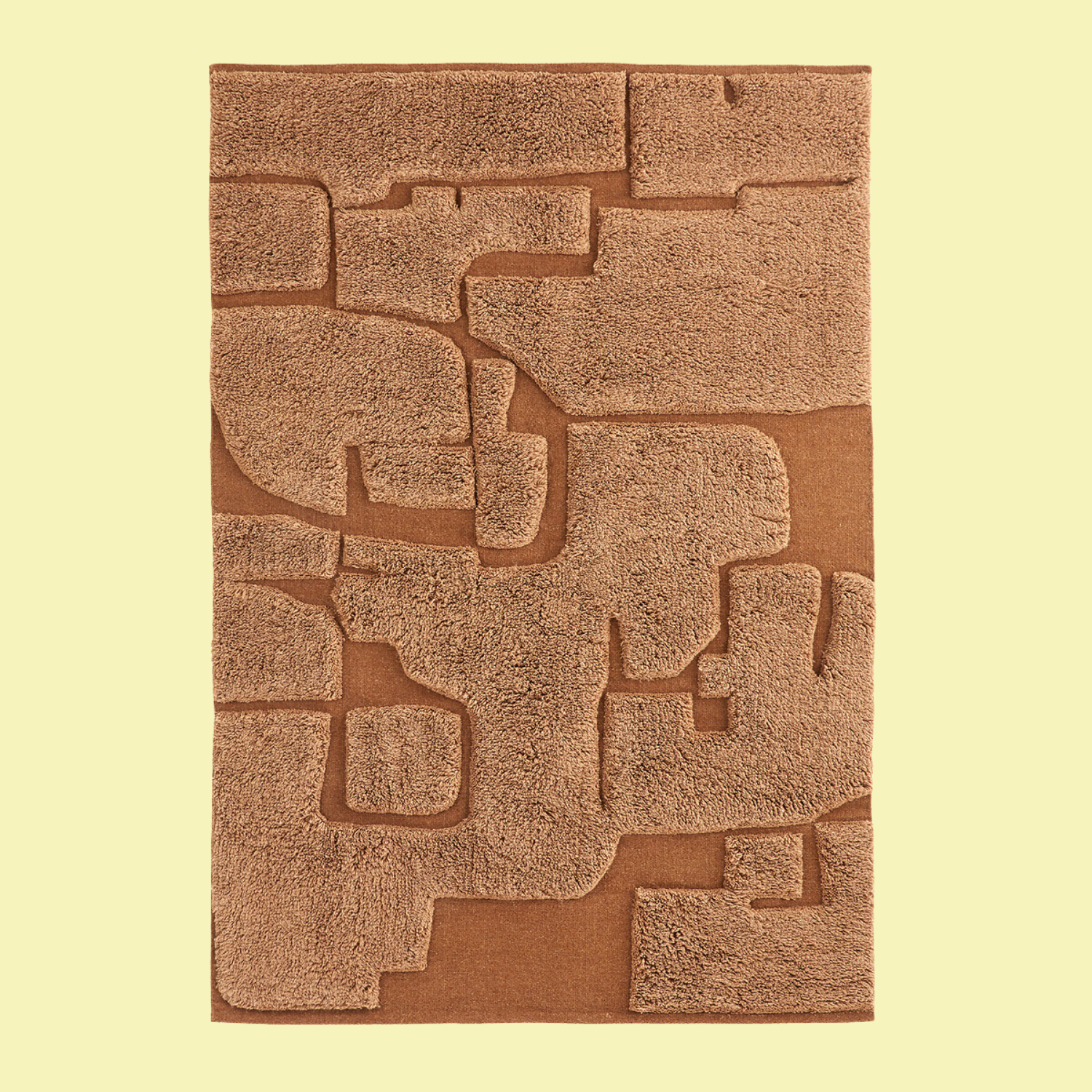
Color: Mid-Brown
If you're wondering where to buy rugs to pad your home, this Elfiga Wool Rug from La Redoute is a brilliant choice.
6. Carve Out Tech-Free Zones
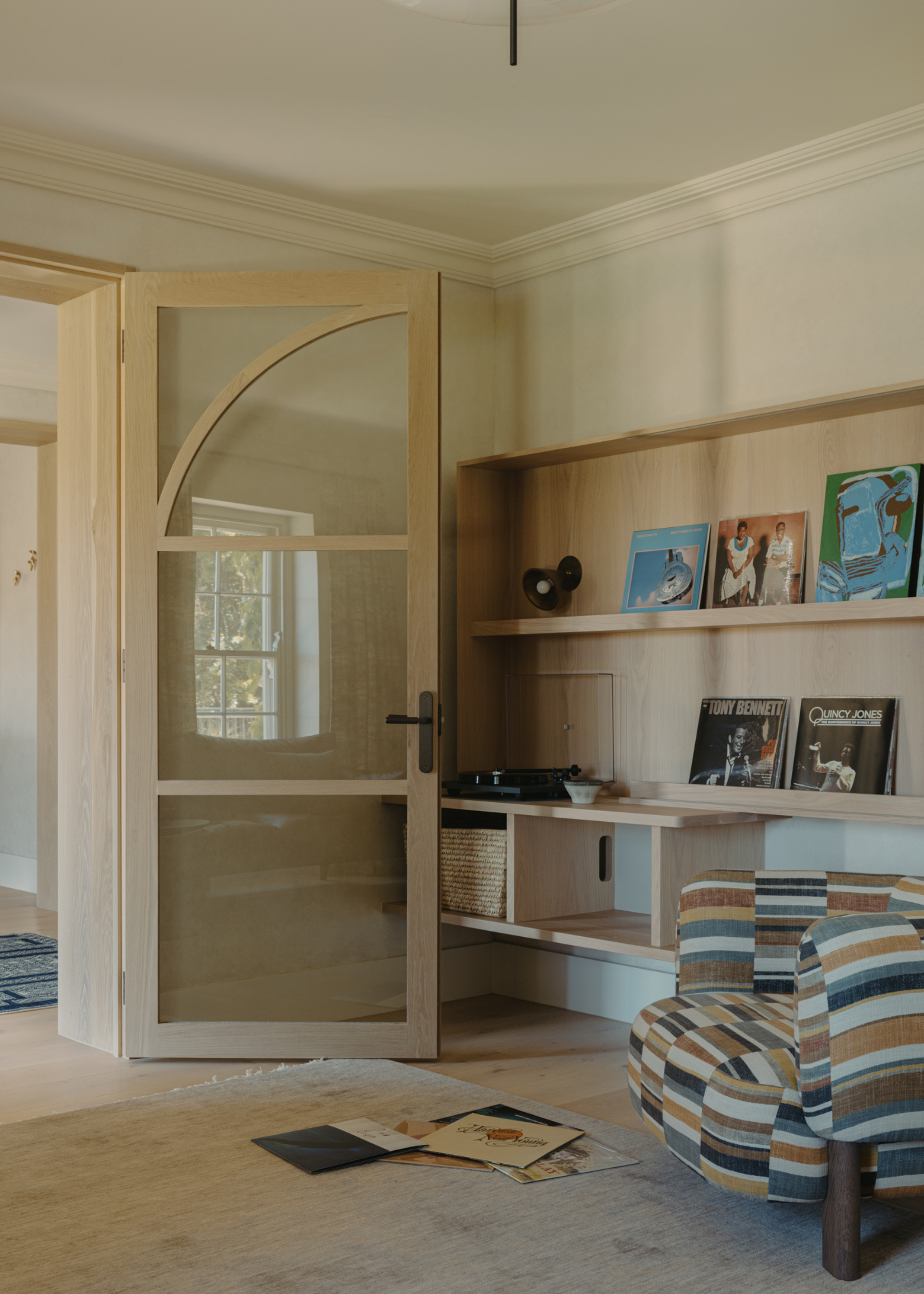
Peter finds that carving out tech-free areas in your home is among the best ways to support interiors that help you switch off. Also known as digital detox corners and zones, these areas will aid in separating you from your phone and taking some time for yourself.
"Reference historical designs and buildings to create spaces without any electronics, especially television," he suggests. "You can also create a reading room or game room that’s entirely analog."
If you're unsure of where to start, I recommend designing a tech-free bedroom first and foremost to help you sleep better. And as for the rest of your rooms, there are an array of fun things to bring home to stop yourself from scrolling.
7. Create Moments for Slowing Down

Turning off isn't as easy as flipping a switch. You can't just come to a complete calm state of mind in a matter of seconds. You need to embrace transitional moments that help you slow down tick by tick.
"Good design makes space for the small daily rituals that make life feel calmer, like a sunny corner to read in, a window of greenery from the kitchen, or a dining space that draws people together," says George. "These details shape how a home feels far more than grand gestures."
One of the best ways to help your home support you in this endeavor of well-being is through designing a wellness room. More specifically, however, you can also engage in curating a meditation room for design that gives back.
"Your meditation room should be designed with simple finishes and not overly adorned. Consider soft light from above and some comfortable seating, and maybe a peaceful exterior view," says Joshua. "A minimally designed space of this kind is more effective in helping to bring clarity and separate the day-to-day grind from the moment."
FAQs
Why Should Design Support Wellness?
"When we design homes, we focus on how they flow and how they make you feel as you move through them. Beyond that, we think about how people actually live day to day; those small routines and rituals that make a space feel personal, like a window seat that catches the morning light or a kitchen that feels good to spend time in on a slow Sunday," says George.
"For us, wellness and comfort aren’t add-ons or trends; they’re part of what makes a home genuinely enjoyable to live in. A space that supports rest, connection, and the senses will always feel more human, and that’s what we’re really designing for."
If you're keen to embrace wellness at home beyond just design and within your routine as well, then the slow mornings trend will help you feel gratitude for your space and time.

Amiya is a Home Wellness Writer at Livingetc. She recently graduated with a Masters Degree in Magazine Journalism from City, University of London, and has lent her words to beauty, fashion, and health sections of lifestyle publications including Harper’s Bazaar and Women’s Health. Her experience as a research analyst has equipped her with an eye for emerging trends. When she’s off the clock, she can be found reading, listening to music, or overanalyzing her latest Co-Star update.

